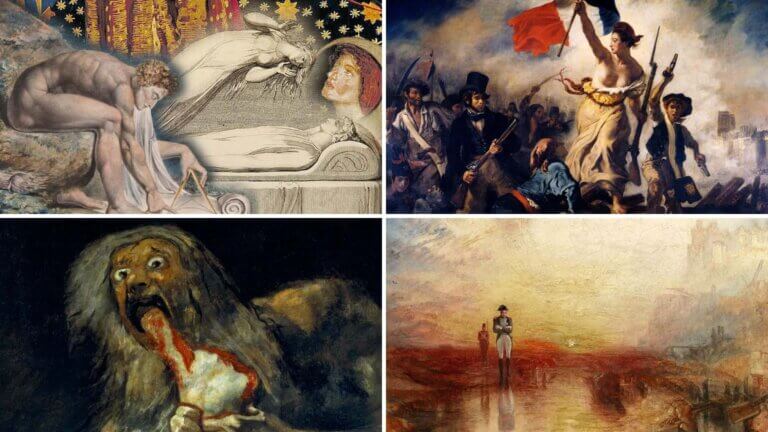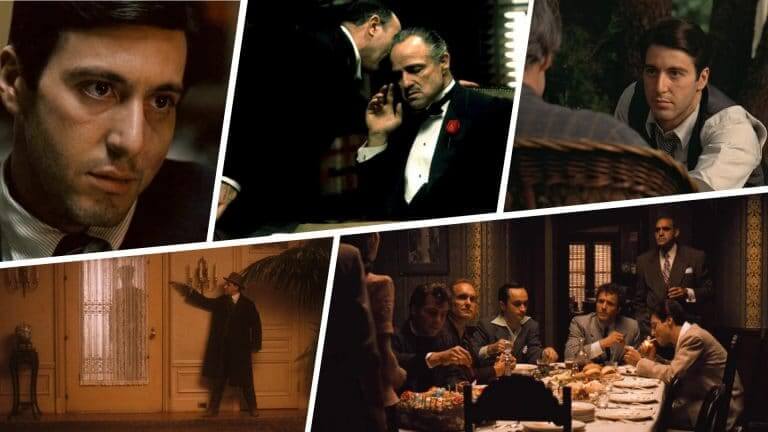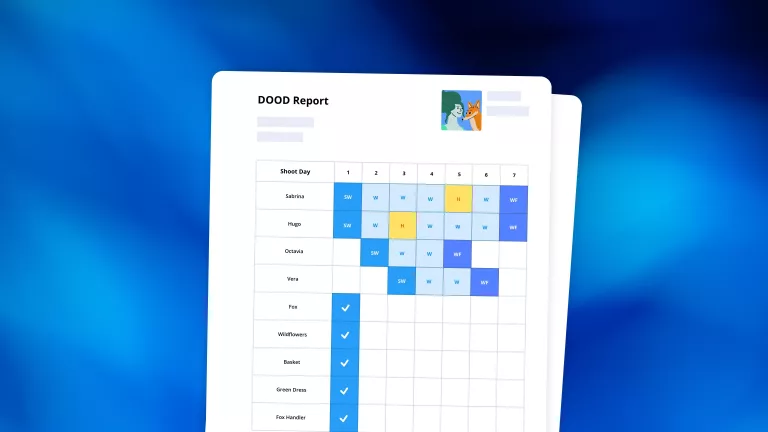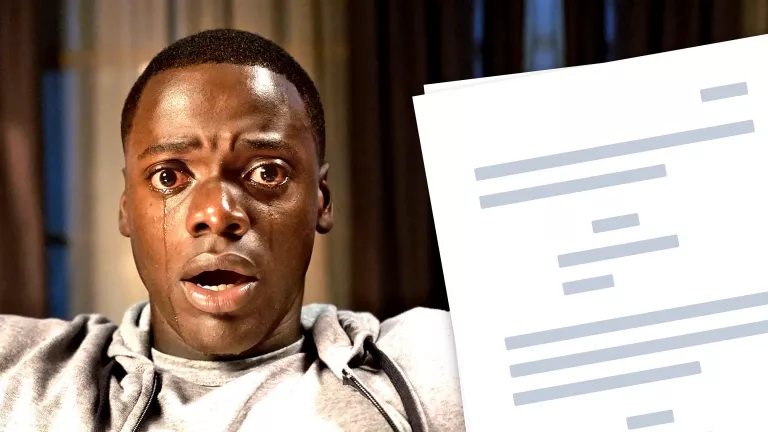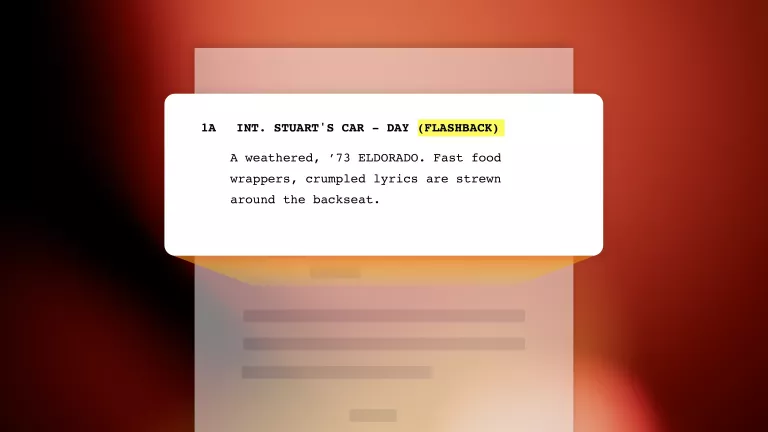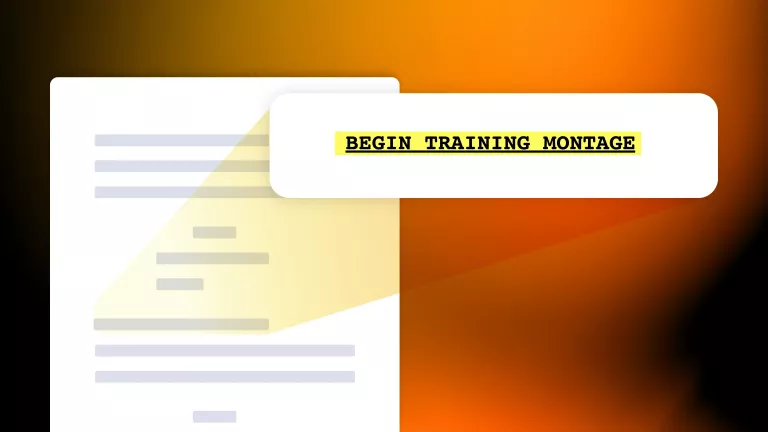Scenes are the basic building blocks of a film. From classic blockbusters to indie flicks, the structure and purpose of each scene remain crucial in conveying a compelling and satisfying cinematic experience to the viewer. So, what are scenes and what is their importance in creating an immersive, captivating film? In this blog post, we'll explore what a scene is and its role in the storytelling process of a film.Continue reading What is a Scene — Definition and Examples in Storytelling
When we think of the word "romantic," we often associate it with expressions of love and affection. However, during the late 18th and early 19th centuries, the term "Romanticism" was used to describe a cultural movement that went far beyond matters of the heart. In this blog post, we will delve into the history and cultural context of the Romanticism movement, examining key themes and stylistic techniques that define this fascinating era. Whether you are a literary enthusiast or a visual art connoisseur, this post will offer insights into the cultural and artistic significance of Romanticism. Continue reading What is Romanticism…
In the world of cinema, there's an intriguing space where creativity meets passion, free from the constraints of big-budget studios. This is the realm of independent, or 'indie', films. The term 'indie' has become synonymous with uniqueness, originality, and autonomy in filmmaking. In this article, we will delve into the world of indie films, exploring their definition, characteristics, and the impact they have had on the cinematic landscape. So, grab your popcorn and let's embark on this cinematic journey.Continue reading What is an Indie Film — Definition & History Explained
So you’ve written a script; great! Now what? Well, if you’re like me, you’ll obsess over making every scene perfect (a screenplay is never “perfect,” but that’s a discussion for another time). You have a solid 3-act structure, good dialogue, and a few punch-lines to keep the reader hooked. But something is off. Do your scenes feel a little dull? Is it the pacing, tone, or stakes? The solution is simple — G.O.D.D. It's more than just an acronym, we will go over the four elements to make your characters more compelling and your scenes more dynamic.Continue reading How to…
Modern film professionals are living and working in the midst of a golden age for audio-visual content production. Tools to streamline the production process are more advanced than ever and producers no longer have to rely solely on themselves. In today’s article we’ll cover the basics of the DOOD Report, and why we need it. We’ll discuss how it can determine a great deal about our production, and help us cut costs in areas we didn’t previously realize. We’ll use StudioBinder to do it. Let’s get organized and see how to figure out what the heck we’ve been spending our…
Do you ever look at a painting in a modern art museum and wonder “what am I looking at?” We've all experienced that moment when we want to know more about the unusual artwork we're seeing. Modern artwork is mysterious and thought-provoking, making it an exciting form of expression for artists around the world. But what is modern art exactly, where did it come from, and why do so many people love it? In this blog post, we'll explore these questions to help you understand the nature of modern art better. Continue reading What is Modern Art — Definition, History and…
Get Out received widespread critical acclaim and numerous accolades for its groundbreaking storytelling, exceptional performances, and powerful social commentary. In many ways, it’s a product of everything great about the horror genre while also reinventing the genre itself. In this blog analysis, we will take a closer look at what makes Get Out such an important film. We'll examine its themes, characters, and plot in depth, exploring how they all work together to create a truly unforgettable cinematic experience.Continue reading Get Out Script PDF Download — Themes, Characters, and Ending
What is something each and every story ever told has in common? If you guessed “a setting,” you’d be correct! When your narrative involves characters and motivation, a setting is almost always a given. Sometimes a setting is massive and expansive, while other times it’s small and intimate. So what is a setting, what does setting mean, and how can it be presented, identified, and crafted? We’ll go over a basic setting definition before embarking on an adventure full of helpful info and setting examples. Continue reading Setting Examples — How to Use Time and Place in Film & Lit.
Screenwriting books and instructors often warn aspiring writers against writing flashbacks in their scripts. They know that beginning and amateur writers often use them in a way that can bring a film to a dead stop. However, so many great films have used flashbacks with resounding success. So, let’s learn from some films that figured out how to write a flashback in a script the right way.Continue reading How to Write a Flashback in a Script — Techniques & Format
You’ve got a great idea for a montage. But what is a montage? Before we break it down, let’s quickly touch on what a montage is and why it matters on screen. Figuring out how to write a montage in a script the “right” way is a common concern, especially when there’s confusion around montage meaning and how it fits into visual storytelling. We’ll cover all of these in this post, along with a more efficient way to write your montage with an eye towards production so that your montage gets scheduled, budgeted, and shot.Continue reading How to Write a…

